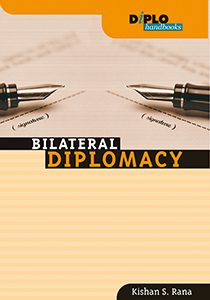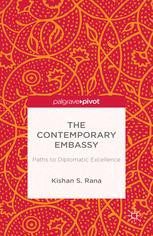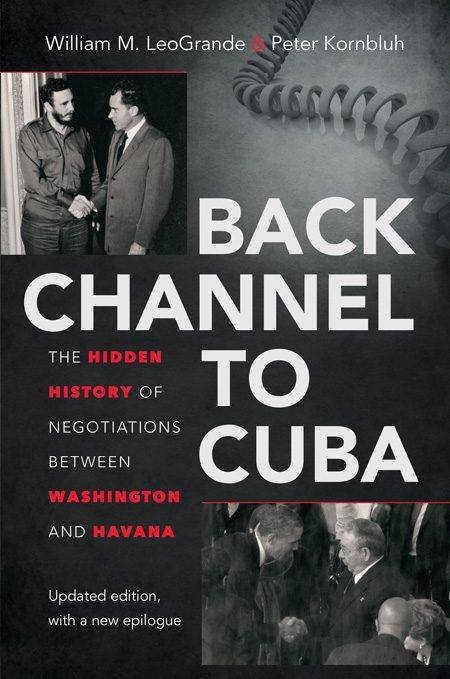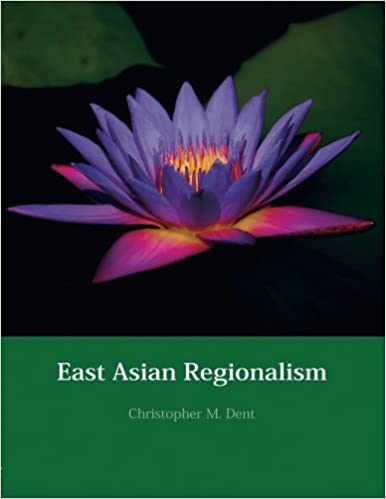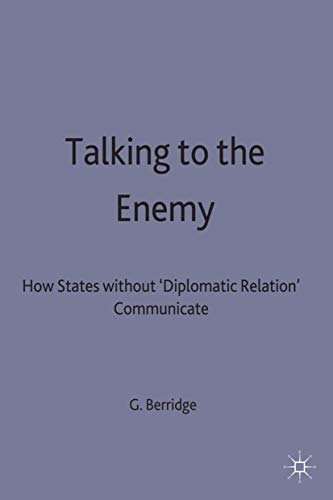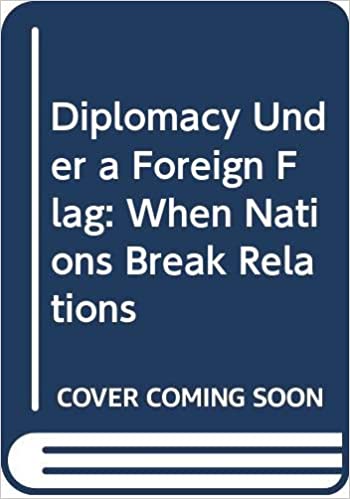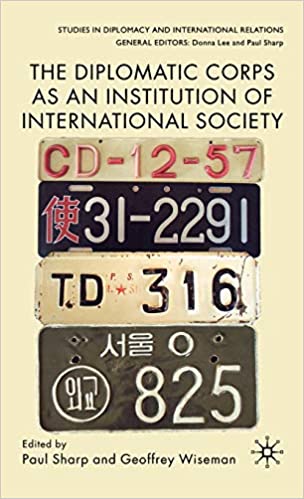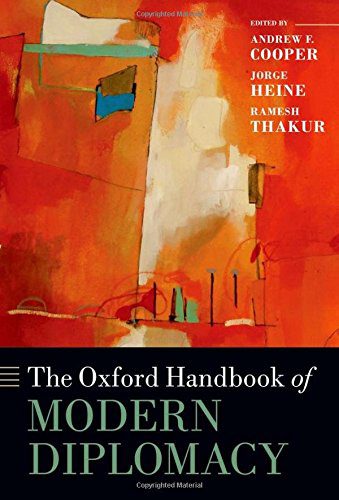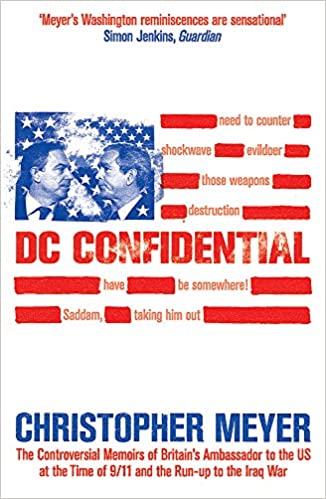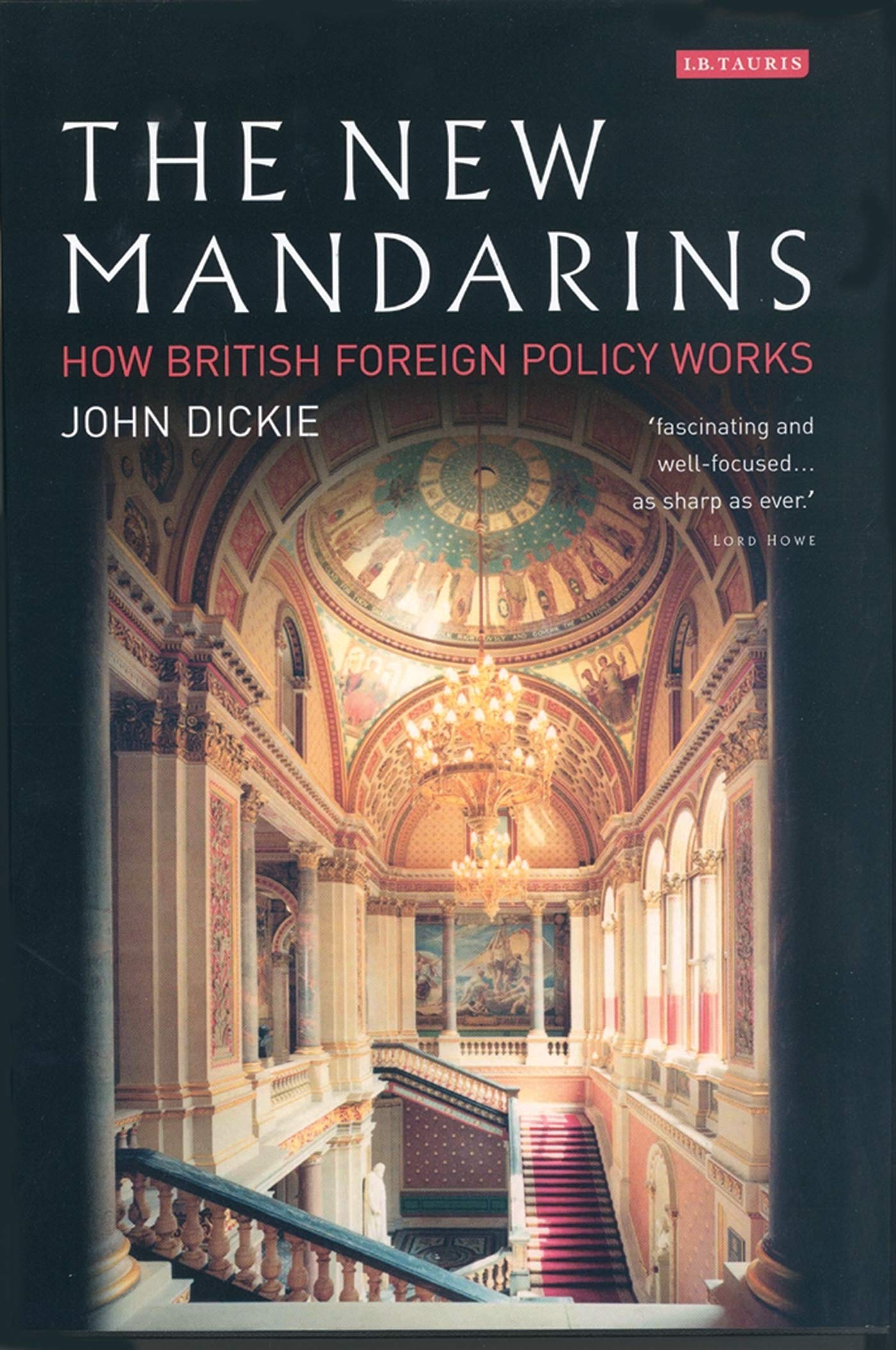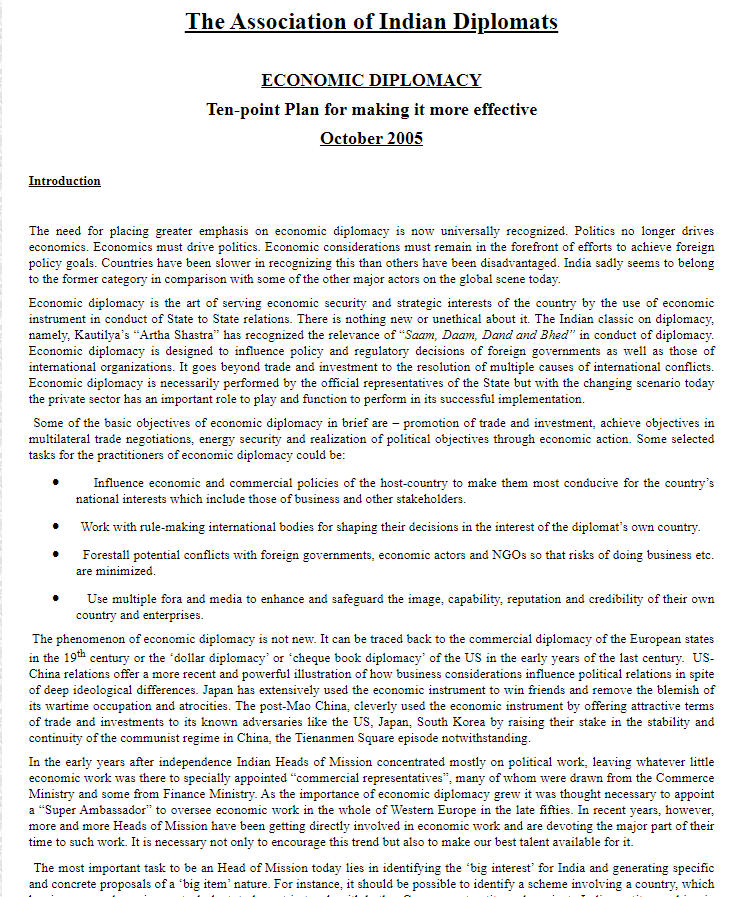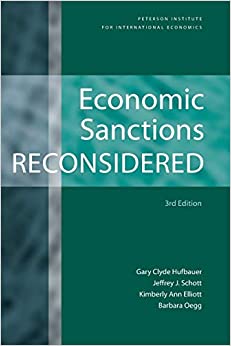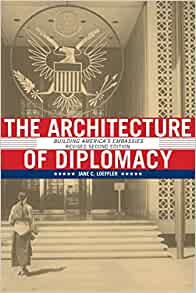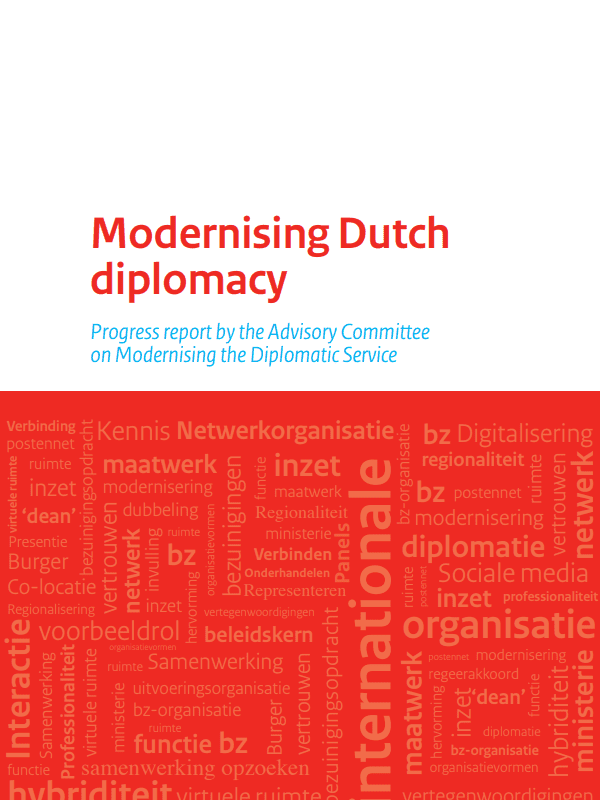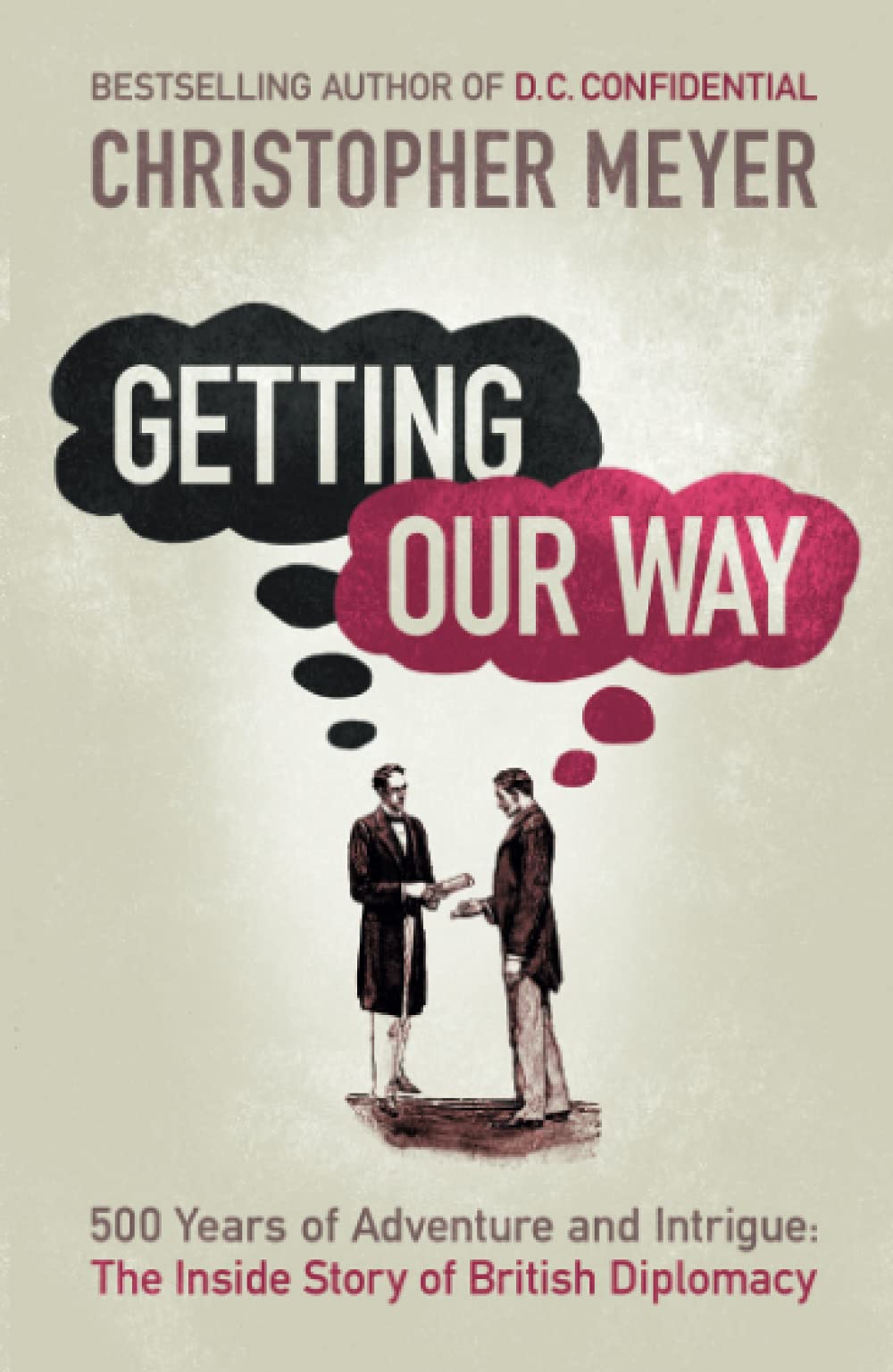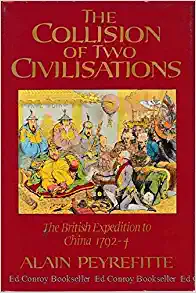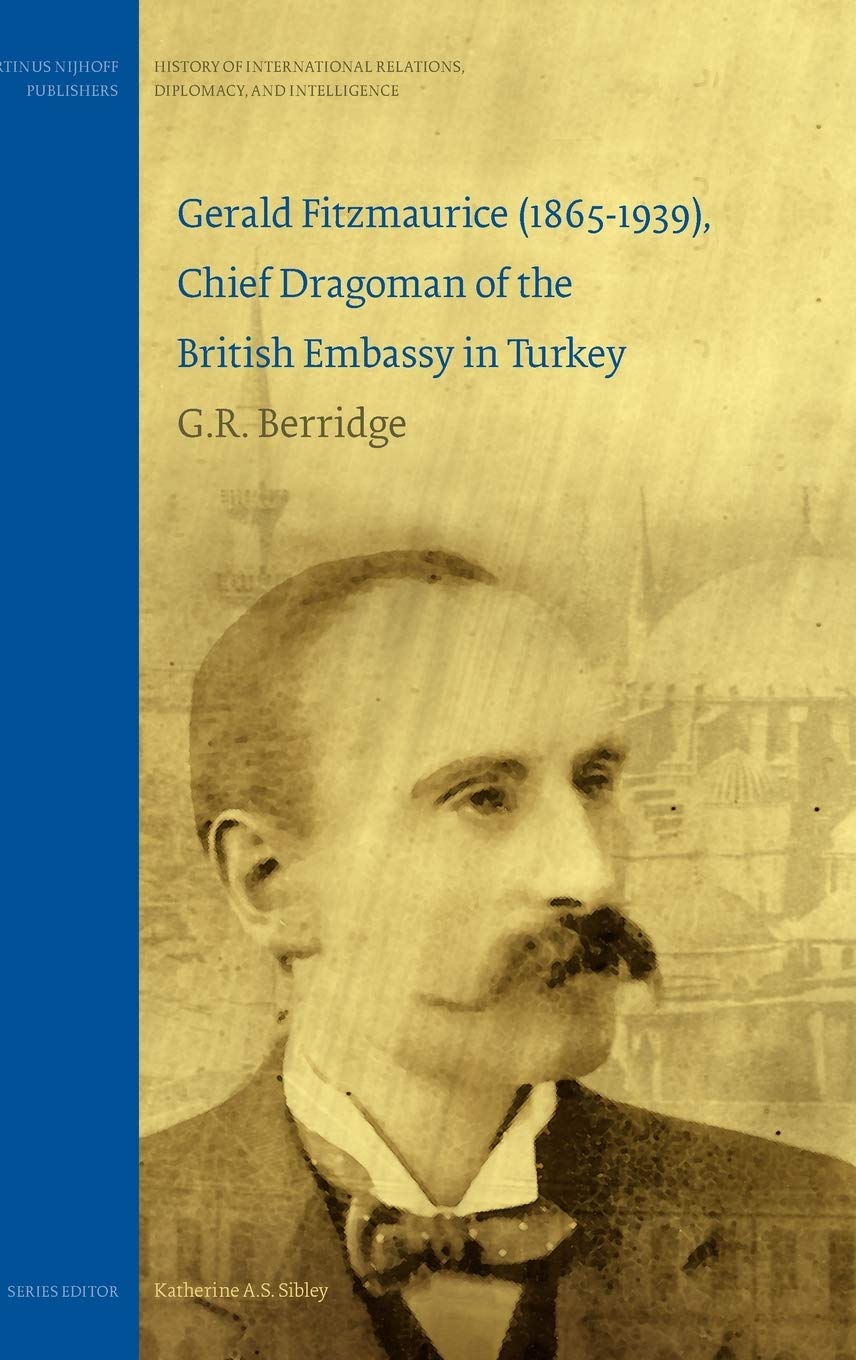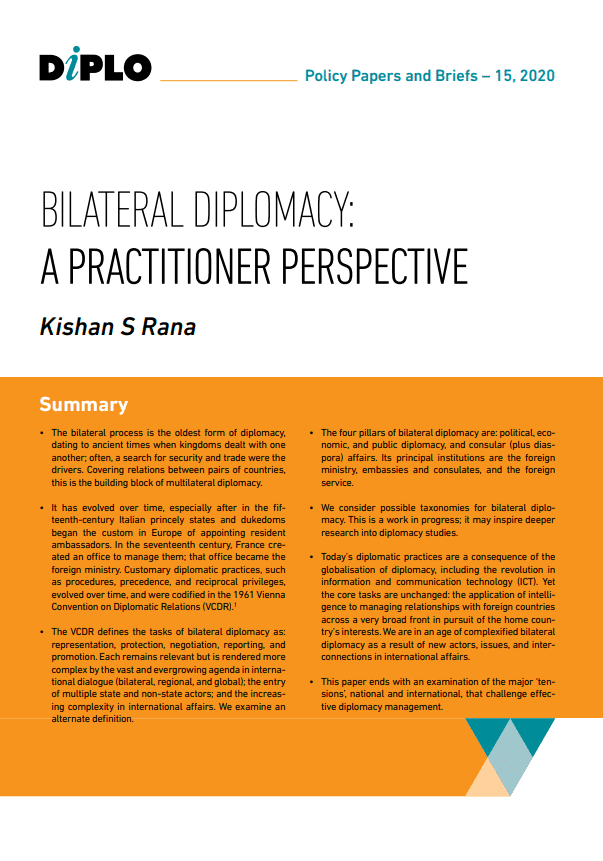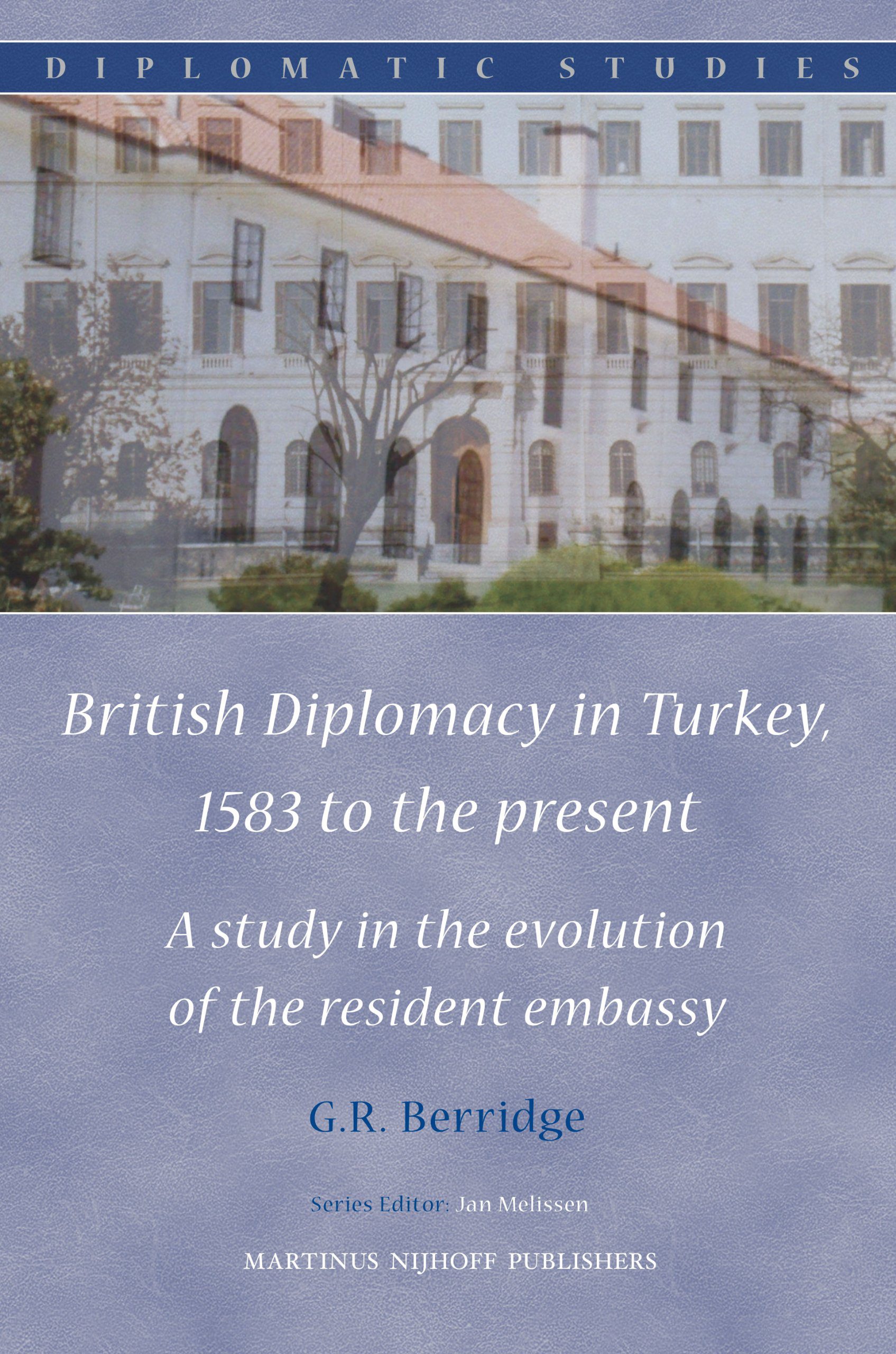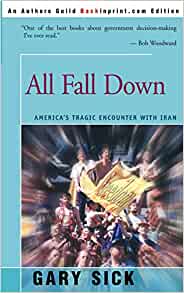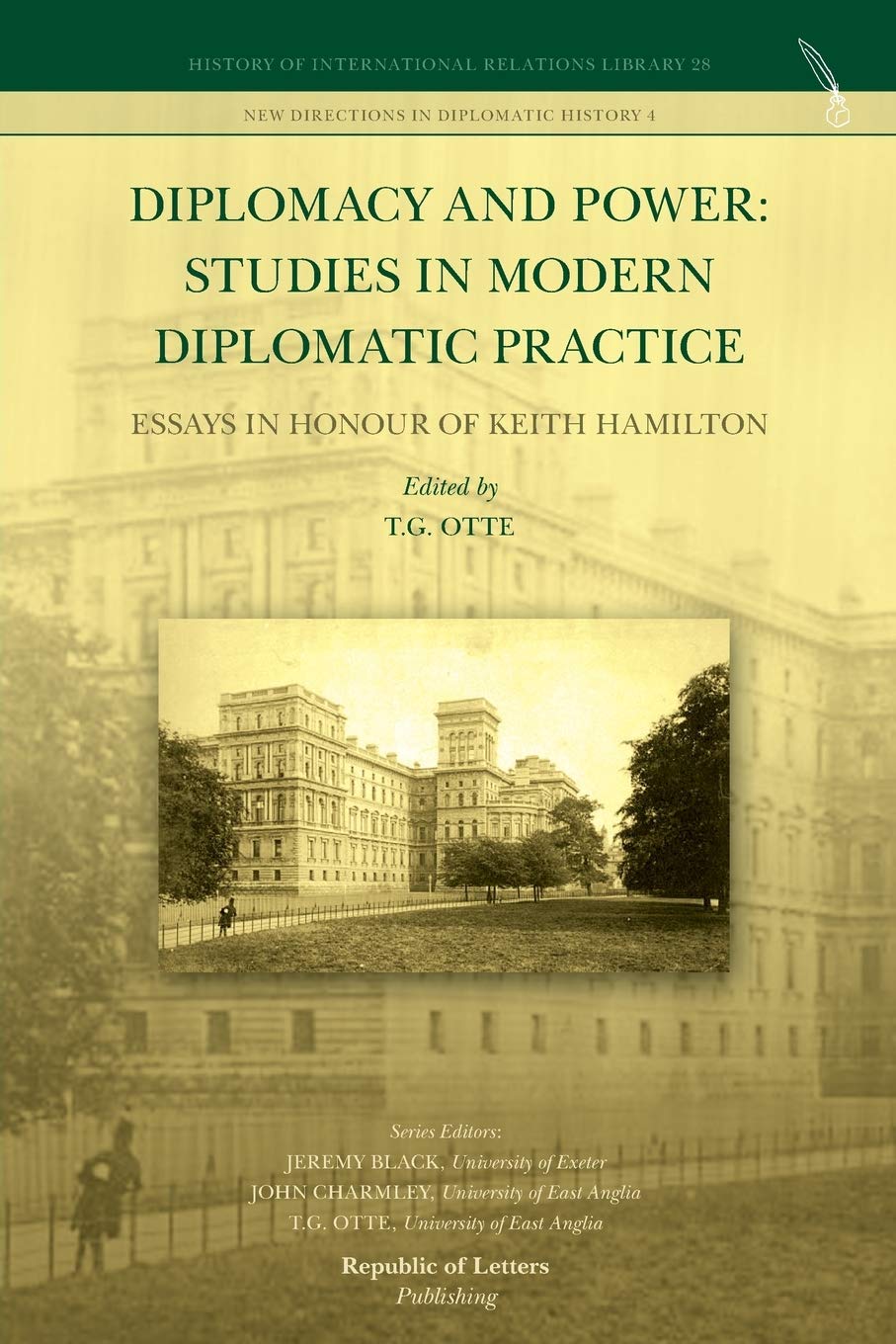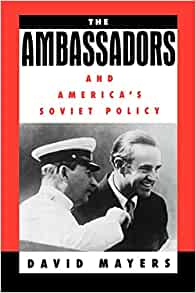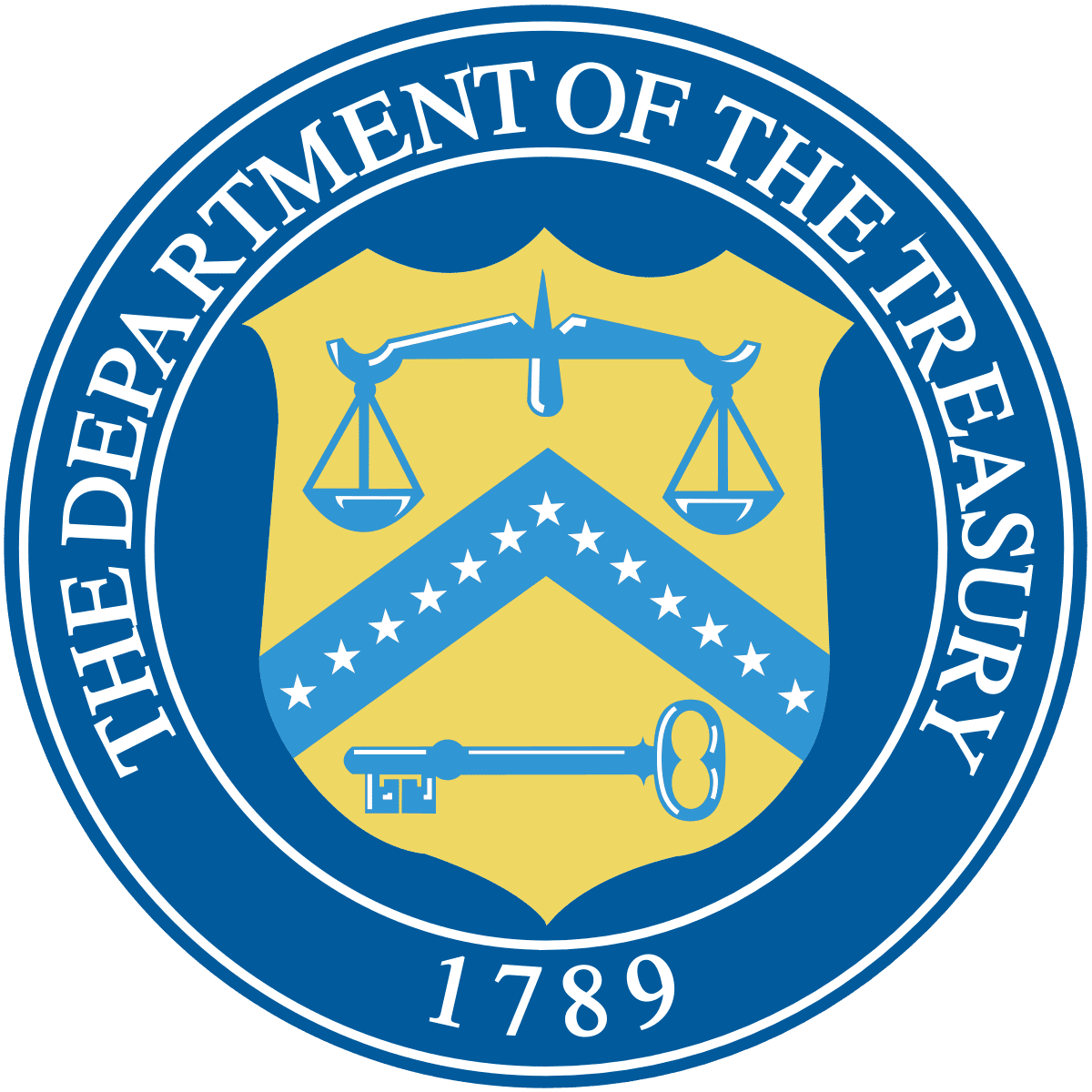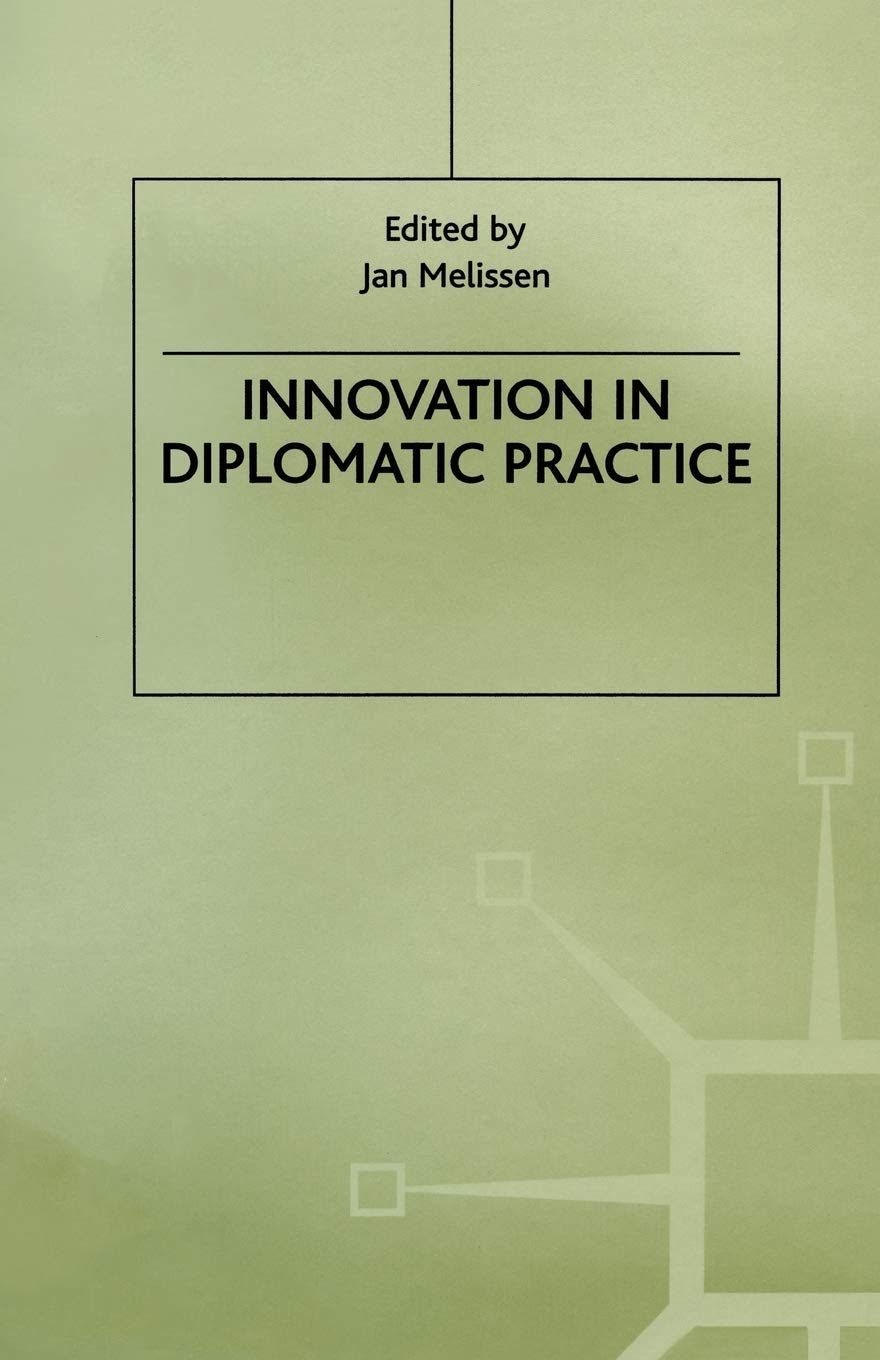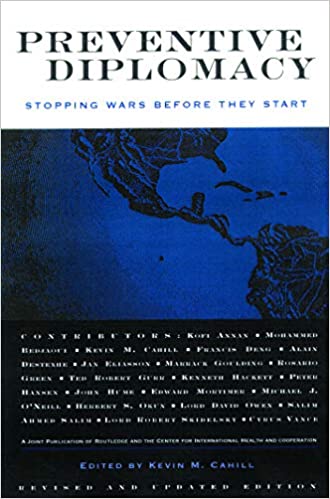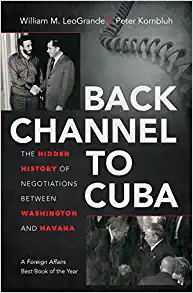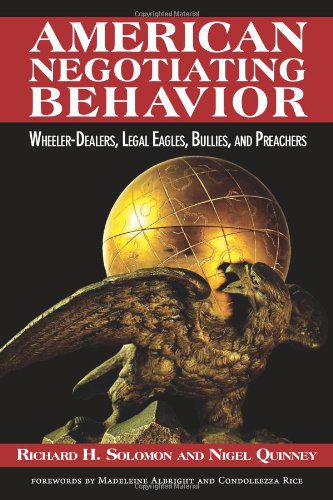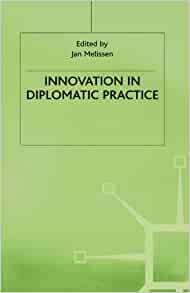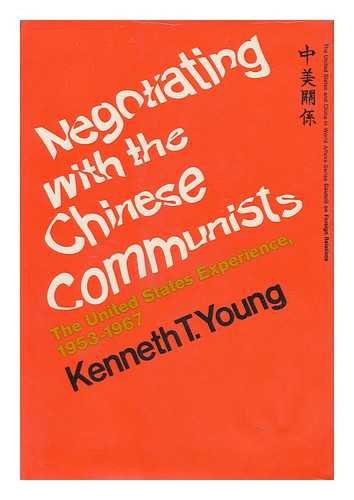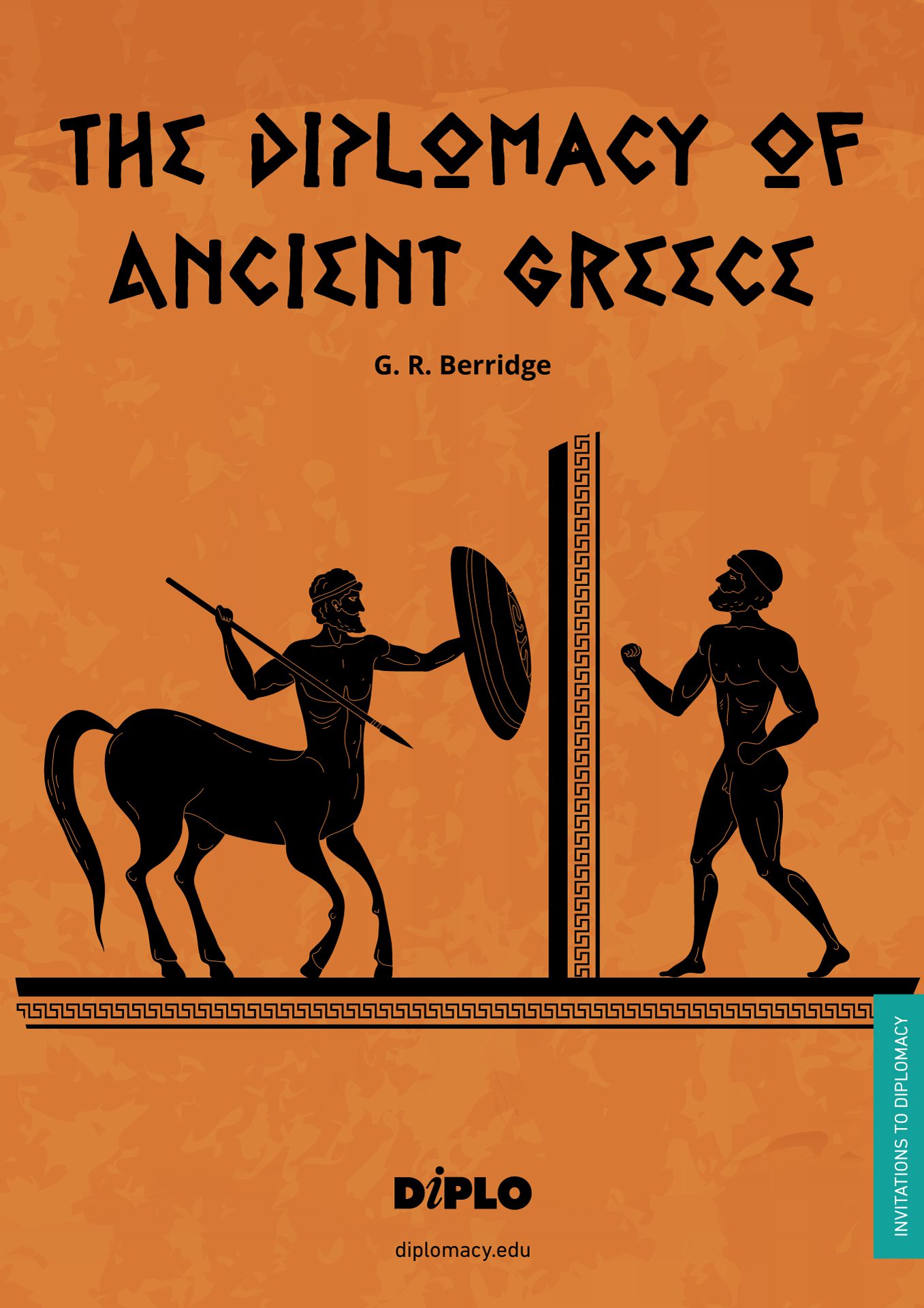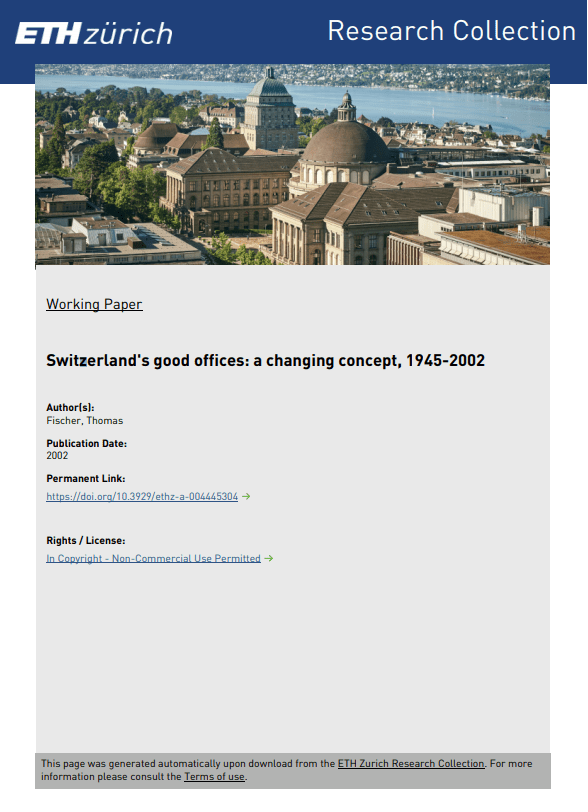Note: The book review below was written by Edward Marks. Another review, by Professor G.R. Berridge, is available here.
Judged by its unpretentious title, Bilateral Diplomacy might initially appear to be a mere stocking-stuffer, a mere primer for newcomers to the profession of diplomacy. But upon closer examination, it turns out to be a comprehensive survey of the subject that far outshines most other examples of the genre.
Over the course of a 35-year career, its author, Kishan S. Rana, served as India’s ambassador to Algeria, Czechoslovakia, Kenya, Mauritius and Germany, as well as its consul general in San Francisco. In addition to that extensive experience, he spent six months organizing and managing a diplomatic training program for Namibia shortly after that country obtained its independence and has written extensively on various aspects of diplomacy, including a study of the Indian Foreign Service. Thus he knows whereof he speaks and does so clearly and comprehensively.
The book is well organised, divided into four sections (Purposes, Institutions, Methods and Conclusions) preceded by an introduction entitled ‘Why Bilateral Relations?’, which could stand by itself as a useful essay. In it the author succinctly reviews the old debates as to whether diplomacy is an art or a science, and whether diplomatic skills can be taught or only acquired by practice. He is convinced that diplomacy can be taught, or that at least ‘there are standard methods that need to be set out in descriptive form and learnt in training programs. These create a frame of reference…’
The 16 chapters methodically cover a wide range of subjects: from building political relations through descriptions of embassies and consulate, diplomatic reporting, negotiation, to performance evaluation and some speculation on future trends. Each chapter includes sidebars with examples and amplification and concludes with a number of questions obviously designed for teaching purposes, plus references and extensive, substantive notes. For instance, the chapter on embassies and consulates includes questions such as ‘What are the tasks of junior officials in the mission” and “How do the duties of the DCM differ from those of the counselor?’ The writing is clear and free of academic jargon, a model of good drafting.
Although obviously based on the author’s personal experience, the discussion ranges over the experience of many countries and is free of any special pleading or national bias. The chapter on performance includes discussion on the German as well as the American inspection system, French ambassadors’ instructions, U.S. Mission Program Plans, British experimentation with corporate techniques, and Singapore’s cutting-edge administrative concepts.
As Rana notes, his book is designed for ‘students of diplomacy at academic institutions who are interested in practical issues and particularly young diplomats who are under training or at the early phase of their careers.’ It would indeed be useful as a part of FSI’s still essentially non-substantive A-100 curriculum, for orientation background for political appointees to the State Department (Department appointments as well as ambassadors) and the interested general public. It would also benefit media contacts, many of which obviously do not believe that knowledge of diplomacy theory and practice is a requirement for writing about those subjects.
Review by Edward Marks
Edward Marks is a retired foreign service officer. This review was first published in the September 2002 issue of the Foreign Service Journal.
